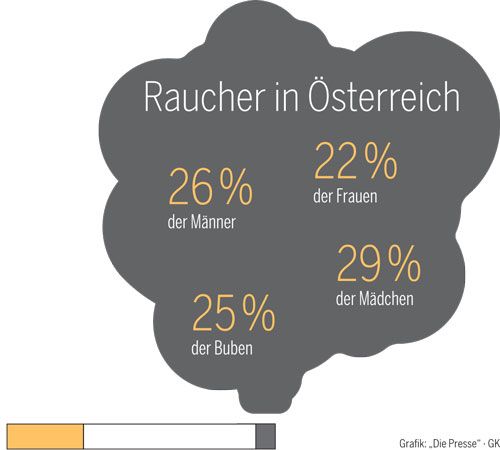The international classification of mental disorders (ICD-10, version 2015) distinguishes between two categories of mental illness in children and adolescents: developmental disorders and behavioral and emotional disorders beginning in childhood and adolescence. Here is an overview of the various disorders in childhood and adolescence. You can find out more about the individual diseases and their treatment in the respective chapters.
developmental disorders
These disorders always begin in infancy or in childhood. It is characteristic that certain skills or functions develop in a restricted or delayed manner – functions that are closely related to the maturation of the central nervous system. Developmental disorders include:
- Developmental disorders of speech and language, for example problems with pronunciation (articulation), problems with expressing yourself linguistically or problems with understanding language
- Developmental disorders of school skills, such as reading and spelling disorders or arithmetic disorders
- Developmental disorders of the ability to move, for example disorders of gross motor skills or fine motor skills
- profound developmental disorders, such as early childhood autism, atypical autism or Asperger’s autism
Behavioral and emotional disorders beginning in childhood and adolescence
This includes a number of different disorders in which behavior and / or feelings play a role:
- hyperkinetic disorders such as attention and hyperactivity disorder (ADHD), which is characterized by overactive behavior, inattentiveness and a lack of persistence
- Disorders of social behavior, in which persistent aggressiveness, disregard for social rules and defiant behavior occur
- emotional disorders, for example separation anxiety, fear of certain objects (phobias), social anxiety and depressive disorders
- a combination of disorders of social behavior and emotional disorders: Here, typical features of a social behavior disorder and typical features of emotional disorders occur simultaneously.
- Disorders of social functions beginning in childhood: These include elective mutism and attachment disorders. With elective mutism, the child speaks only with certain people or in certain situations. In the event of a binding disorder, the child clings to caregivers or shows a mixture of approach and avoidance >

Several studies agree that around 20 percent of children and adolescents develop a mental disorder that requires treatment within one year. Most childhood disorders are more common in boys than girls. With increasing age, boys and girls are equally common mental illness affected.
Boys more often than girls come the disease patterns of dissocial disorders (pronounced disregard for social rules) and all diseases in which organic factors play a role, e.g. Autism, developmental disorders or Attention Hyperactivity Disorder (AHDS). In contrast, emotional disorders (anxiety disorders and depression), eating disorders and somatoform disorders are more common in girls than in boys.
Mental illnesses occur particularly frequently in the age groups between six and ten years and between 13 and 16 years. This is probably related to the peculiarities of development in these age groups.
Course: What are the chances of improvement?
The individual faults are very different. Emotional disorders such as anxiety or depression often go back completely. Dissocial disorders or more profound disorders (e.g. autism), in which organic causes often play a role, can persist into adulthood or often only partially improve.
The chances of success of psychotherapy or child and adolescent psychiatric treatment vary depending on the type of disorder. The chances of improvement in emotional disorders and developmental disorders (e.g. delays in the development of language or movement skills) are usually good.
Treatment results are often less successful in the case of dissocial disorders and more profound disorders. In some cases, improvements can be achieved in part, but those affected often need support until adulthood – permanently or at least temporarily.
RELATED ITEMS
-

Strength training for children and adolescents – iron fitness
Strength training with children and adolescents has been a controversial topic in recent decades. Among other things, a 1983…
-

Clinic for children, adolescents and young adults – spessart clinic bad orb
In addition to comprehensive medical care in the clinic, children, adolescents and young adults learn in a way that is appropriate for their age and development…
-

Rehabilitation children and adolescents
ADDRESS LUISENKLINIK – CENTER FOR BEHAVIORAL MEDICINE Luisenstr. 56, 78073 Bad Dürrheim Telephone: 07726 9390-0 Adolescents are young people…
-

Why so many young people smoke
Austria’s young people are “European champions” in smoking. This is no coincidence, because when implementing legal tobacco controls, such as smoking bans…
